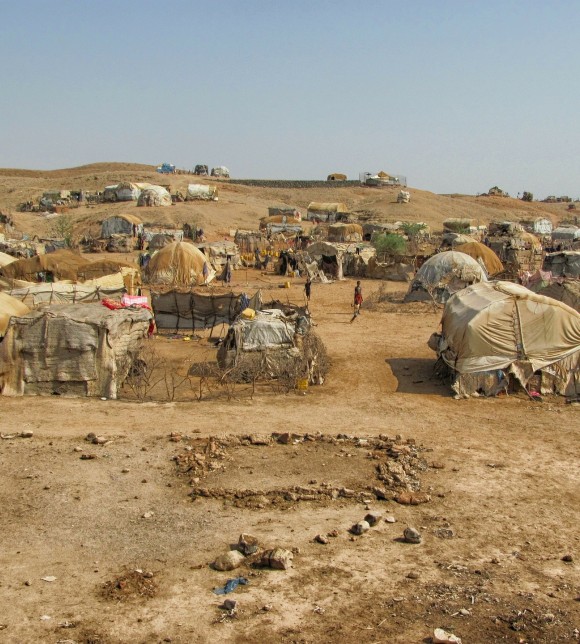
Independent Review of the Value Added of the Central Emergency Response Fund (CERF) in Kenya
Coordination structures in Kenya are noted in previous CERF studies as being relatively strong and inclusive and this remains true of UN / Government led structures for nonrefugee programming. More broadly, coordination for Kenya appears disjointed. There is no strong coordination structure that straddles both refugee and non-refugee programmes and although the concept of resilience is the topic of much discussion, a number of actors in Kenya noted the lack of central leadership from the government required to bring coherence to development and humanitarian programming. The ERF is run in close coordination with technical ministries of the government but there is little or no interaction between the ERF and the CERF. Within this context, the CERF can be considered an effective tool for the part of the system it principally serves, the UN led, sector based system for non-refugee programming. Although sectors were noted as remaining uneven, allocation processes were largely perceived to be inclusive and transparent through the system of sectoral groups. Where the CERF was directed to refugee programming, UNCHR’s internal systems and field level coordination functions are the default. By definition these are less inclusive and transparent and sit apart from ‘reformed’ coordination systems.
Download report
Suggested Citation
Format:
Tyler, G. (2012). Independent Review of the Value Added of the Central Emergency Response Fund (CERF) in Kenya. United Nations Office for the Coordination of Humanitarian Affairs (OCHA), CERF, October.